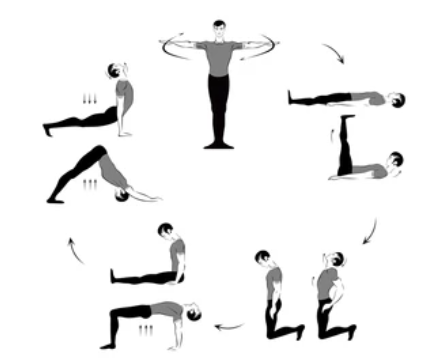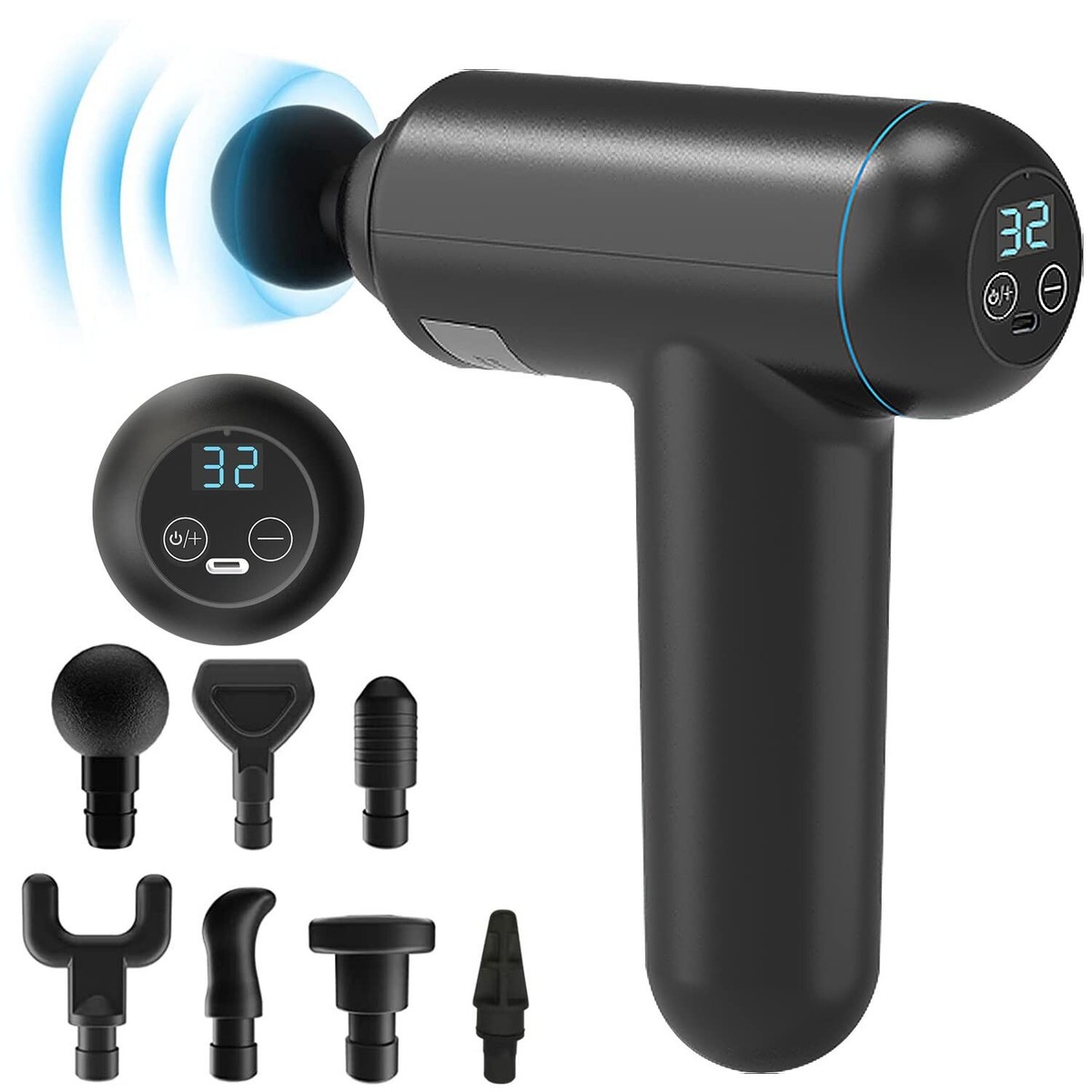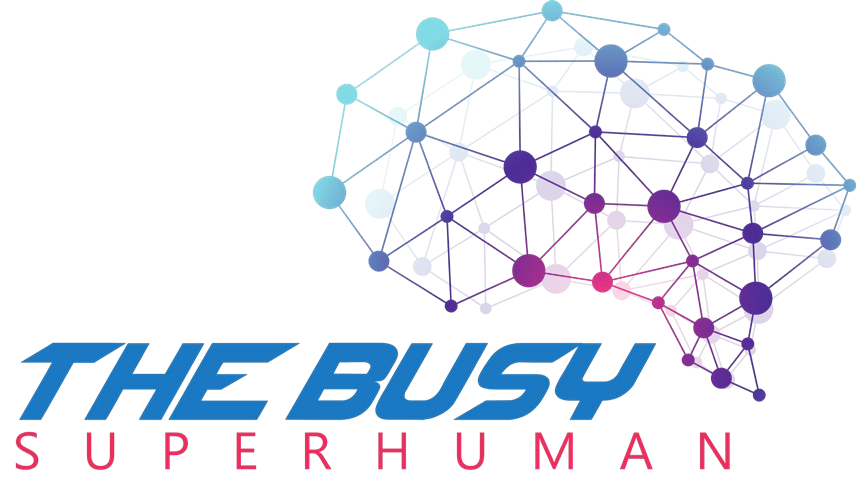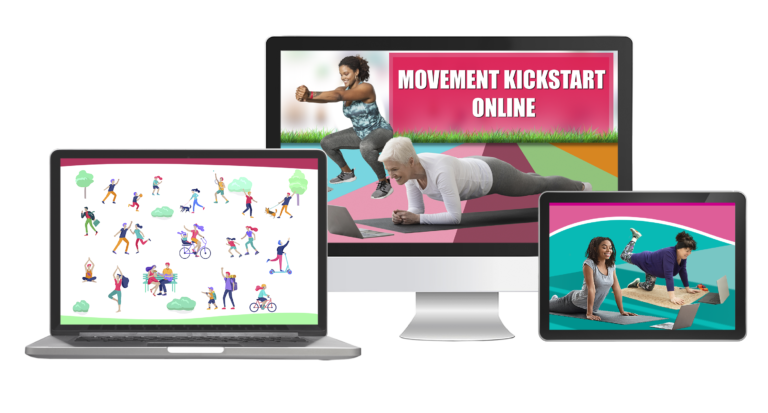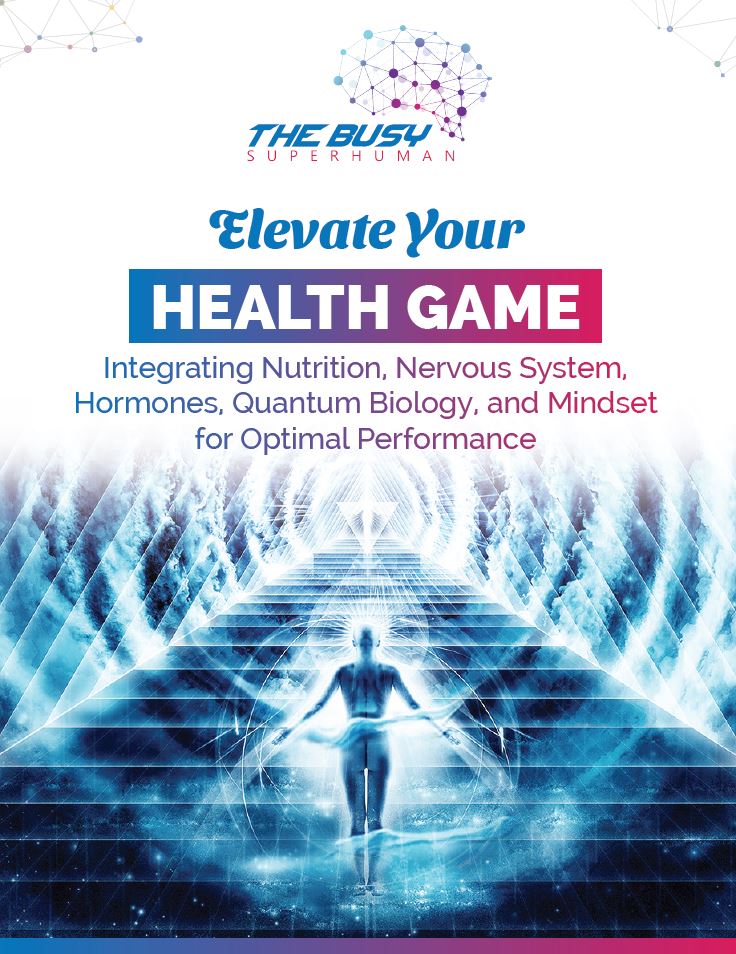Physics – Movement, Fasica & Massage
Why Movement Matters More Than You Think
We often hear phrases like “the body is a machine that’s designed to move” or “movement is our best medicine.” But what does that really mean?
First, it’s important to understand that exercising, moving well, and playing are not the same thing.
Exercise is structured training.
Movement is how you use your body every day.
Play is movement with joy, creativity, and spontaneity.
Many people skip over the basics of learning how to move properly, only to later wonder why they end up injured—whether in the gym, in the garden, or on the playing field.
Functional Movement: The Foundation
Being able to perform fundamental movements is essential for both daily life and sport. This includes squatting, reaching, bending, twisting, jumping, getting down to the floor, picking up heavy objects, and carrying. If you can do these well, everything else becomes easier.
Your body is built for this. The collagen in your tissues is piezoelectric, which means that when you move, it generates electrons—and the more electrons you have, the better for your health.
Improving or maintaining posture, flexibility, mobility, and strength is vital if you want to stay active and pain-free. The good news? There are many ways to train these qualities that don’t have to be time-consuming or boring.
Movement for your Brain and Inflammation

Movement doesn’t just help your body—it benefits your brain.
Your motor cortex sits in the frontal lobe—the part of your brain that controls:
- Focus
- Planning
- Logic
- Problem-solving
If your frontal lobe isn’t functioning well, life feels harder. Movement is one of the best ways to keep it sharp.
Exercise has also been well studied. It has a hormetic effect, at first it may feel uncomfortable or inflammatory, but over time it produces anti-inflammatory effects and long-term health benefits.
Gentle Yet Powerful: Movement to Heal

Not everyone enjoys exercise in the traditional sense. Going to the gym or running can feel painful—or even risky if you’re worried about re-injuring yourself. That’s where restorative movement comes in.
Rehabilitative or restorative movement is crucial after an injury or surgery. Done incorrectly, rehab can create even more problems later, especially if scar tissue isn’t addressed properly. Sadly, many people never receive the right guidance and end up paying the price.
I’ve worked with people recovering from spine surgery, shoulder surgery, joint replacements, and soft tissue injuries. From experience, I can say this: with the right approach, you can mend yourself.

Take Home Tips
I have worked teaching movement to since 2010 and there are literally thousands of movements and exercises I can show you. Here are four of my ‘Go To’ for fascia and movement that are suitable for all.
- Spikey balls
These massage balls are rolled around on different places to relieve muscle tension and discomfort - The Egoscue Method
A postural therapy that uses gentle, stretches and exercises, called “E-cises,” to correct muscle imbalances and restore the body’s alignment rather than just masking symptoms. - Five Tibetan Rites
A sequence of five ancient exercises to improve vitality, life force energy, and flexibility. - Massage gun
A handheld device that delivers percussive therapy – rapid back-and-forth pressure and vibration helps to ease tight muscles and knots
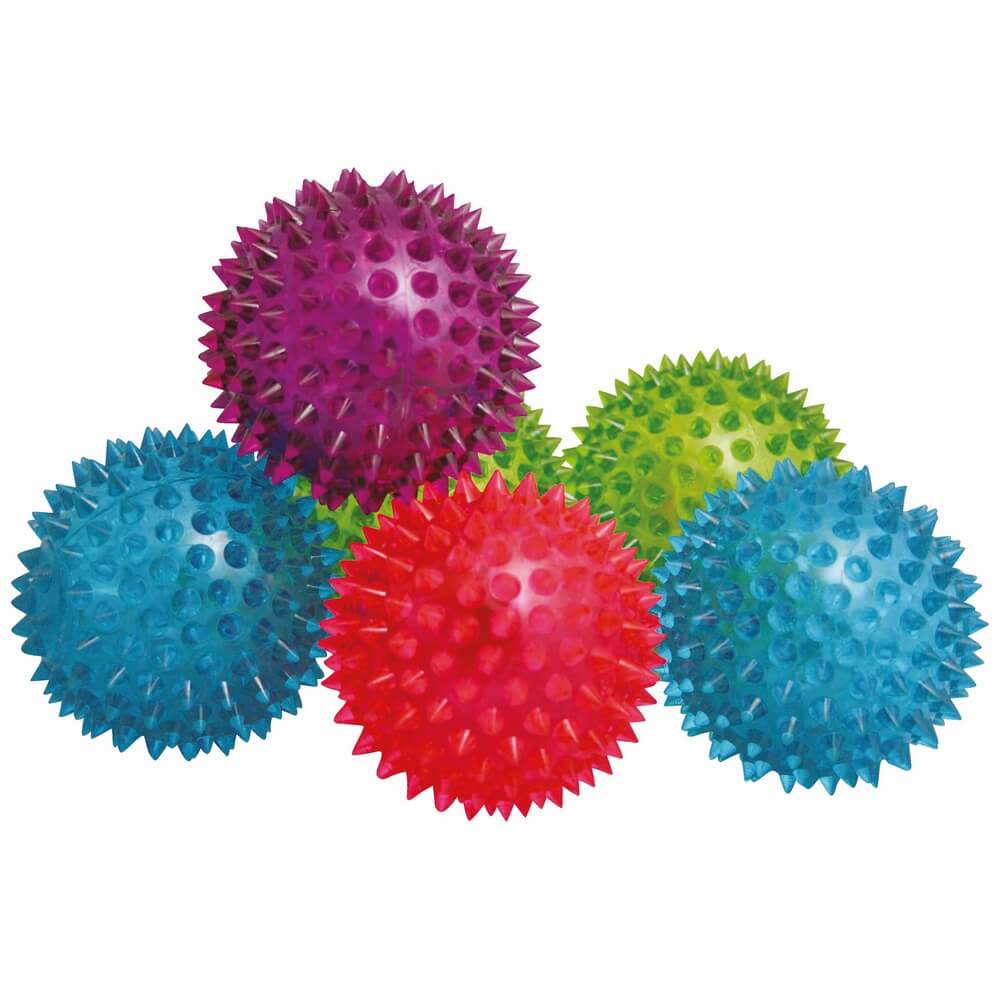
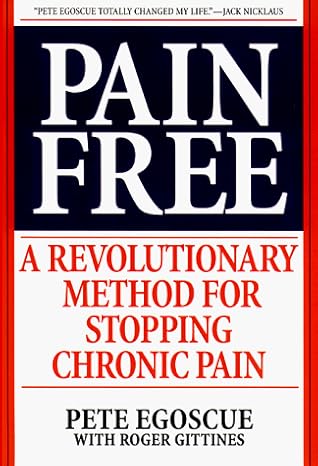
Or
